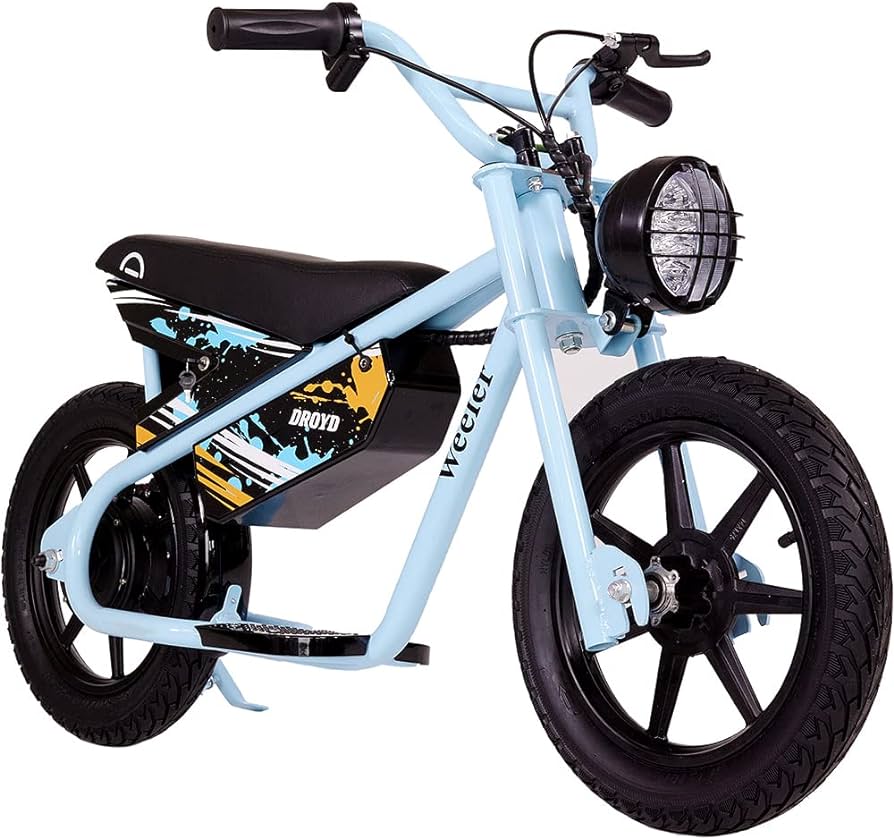
In an era dominated by technological advancements, the realm of transportation is undergoing a significant transformation. The latest player on the mobility stage is the “Mini Electric Bike,” a compact and eco-friendly solution that is creating waves in urban landscapes. This article delves into the world of mini electric bikes, exploring their features, benefits, and their potential to revolutionize urban commuting.
I. The Rise of Mini Electric Bikes
A. Introduction to Mini Electric Bikes
The concept of mini electric bikes is a testament to the growing demand for sustainable and efficient urban transportation. These compact two-wheelers are designed to cater to short-distance commuting, providing an alternative to traditional bicycles and larger electric vehicles.
B. Compact and Stylish Design
One of the key attractions of mini electric bikes is their compact design. These bikes are built with urban commuting in mind, featuring a lightweight frame that allows for easy maneuverability through crowded city streets. Their stylish designs appeal to a younger demographic, making them a popular choice for those seeking a blend of functionality and aesthetics.
II. Features That Define Mini Electric Bikes
A. Electric Propulsion
At the heart of these mini wonders is their electric propulsion system. Powered by rechargeable batteries, mini electric bikes offer a clean and green alternative to traditional gas-powered vehicles. The electric motors provide a quiet and smooth ride, contributing to a more peaceful urban environment.
B. Portability and Foldability
Mini electric bikes often come with innovative features like foldable frames, making them easy to carry and store. This portability addresses the last-mile challenge, allowing riders to seamlessly integrate their electric bikes into multi-modal commuting, combining them with public transportation for a comprehensive travel solution.
C. Commuter-Friendly Features
Equipped with features like built-in lights, digital displays, and smartphone connectivity, mini electric bikes prioritize the needs of urban commuters. The digital displays provide essential information such as speed, battery level, and distance traveled, enhancing the overall riding experience.
III. Advantages of Mini Electric Bikes
A. Environmental Sustainability
One of the primary advantages of mini electric bikes is their contribution to environmental sustainability. With zero emissions during operation, these bikes help reduce air pollution and decrease the carbon footprint associated with urban commuting. As cities worldwide grapple with pollution challenges, mini electric bikes emerge as a clean and green solution.
B. Cost-Effective Commuting
In comparison to traditional motorized vehicles, mini electric bikes offer a cost-effective commuting solution. The maintenance costs are relatively low, and the absence of fuel expenses makes them an economical choice for budget-conscious individuals. Additionally, some regions provide incentives and subsidies for electric bike adoption, further reducing the overall cost of ownership.
C. Health and Fitness Benefits
While electrically powered, mini electric bikes still require pedaling, providing riders with the opportunity to engage in physical activity. The pedal-assist feature promotes a healthier lifestyle by encouraging exercise during daily commutes. This dual benefit of transportation and exercise aligns with the growing emphasis on holistic well-being in modern society.
IV. Challenges and Considerations
A. Limited Range
Despite their numerous advantages, mini electric bikes often come with a limited range per charge. The battery technology is improving, but riders need to plan their routes and charging points carefully, especially for longer commutes.
B. Regulatory Framework
The regulatory environment for mini electric bikes varies across regions. Some areas categorize them as bicycles, allowing them on bike paths, while others treat them as mopeds or small motorcycles, subjecting them to different rules. The lack of uniform regulations can pose challenges for riders navigating through diverse urban landscapes.
V. The Future of Urban Commuting: Mini Electric Bikes
A. Integration with Smart Cities
As cities evolve into smart, interconnected hubs, mini electric bikes are poised to play a vital role in the urban mobility ecosystem. Integration with smart city infrastructure, such as dedicated bike lanes and charging stations, can enhance the convenience and efficiency of using mini electric bikes.
B. Technological Innovations
The future of mini electric bikes is likely to witness continuous technological advancements. Improved battery efficiency, enhanced safety features, and connectivity options are on the horizon, promising a more seamless and sophisticated riding experience.
VI. Conclusion
In conclusion, mini electric bikes represent a transformative force in urban transportation. Their compact design, eco-friendly features, and commuter-friendly attributes position them as a viable solution for the evolving needs of modern city dwellers. As technology continues to propel the transportation industry forward, the mini electric bike is not just a mode of commuting but a symbol of a sustainable and connected future.
Also Read: KTM Electric Dirt Bike